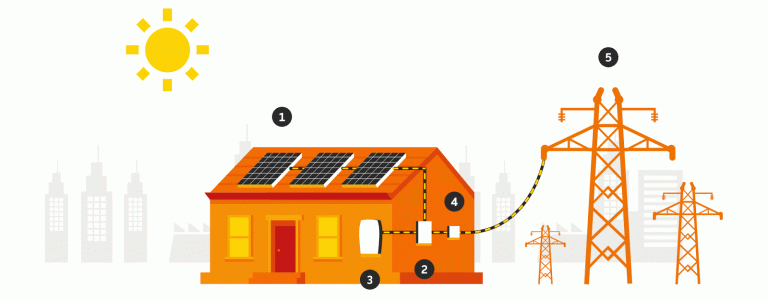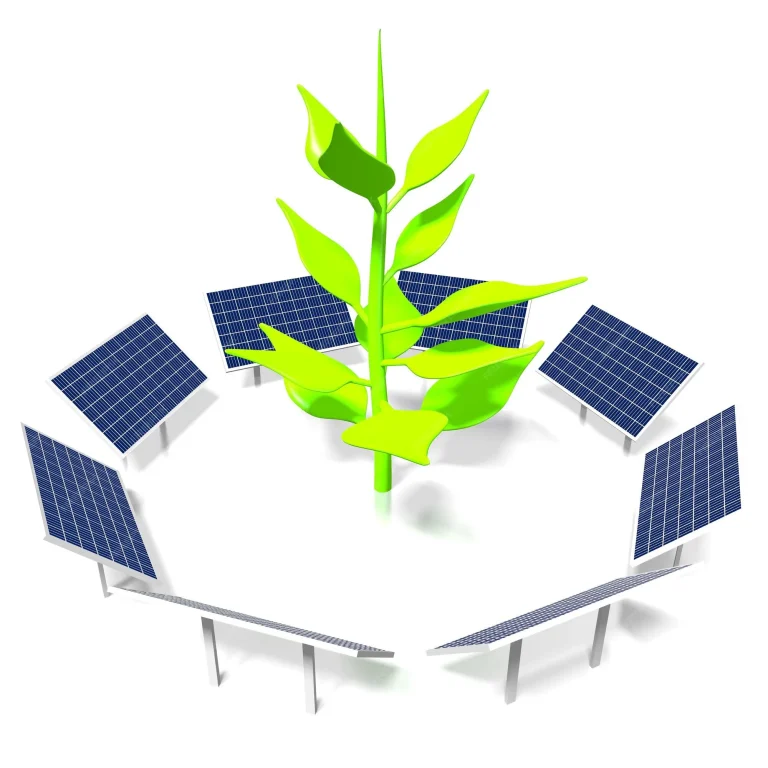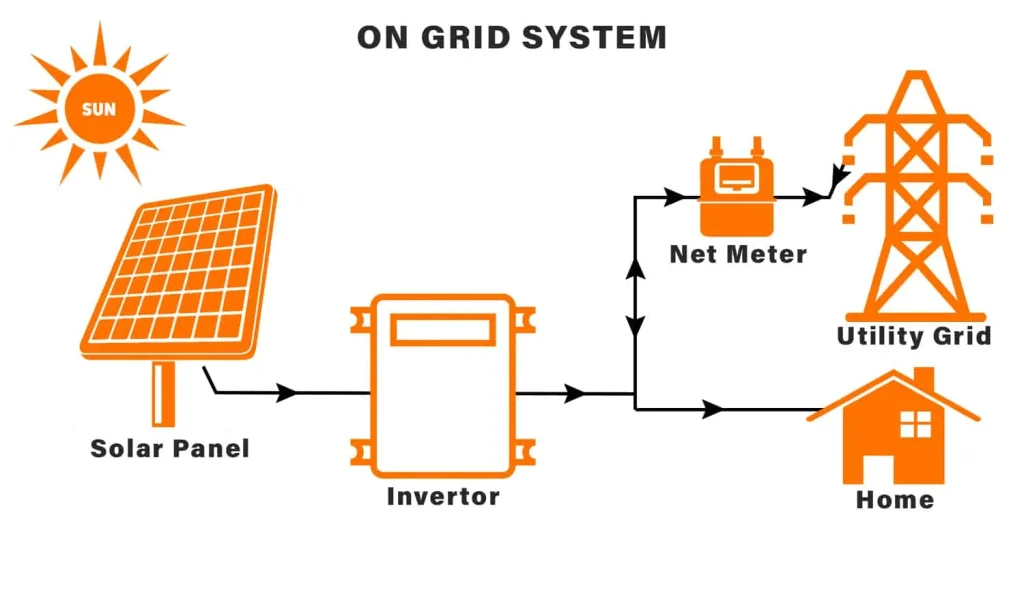On Grid Solar System For Home : Prices, Subsidy, ROI & Working


About The SUNplugged
Founded in 2015, The SUNplugged is dedicated to accelerating the mass adoption of solar energy in India. As the third-largest EPC contractor in the country, we have successfully served over 12,000 homes and 120 housing societies. Our comprehensive services include:
- On-Grid Rooftop Solar Systems: Expert installation for homes and housing societies.
- Post-Installation Maintenance and Support: Ensuring your system operates efficiently.
- Flexible EMI Options: Making solar energy affordable for everyone.
- Prefabricated Mounting Structures: Ensuring quick and secure installation of solar panels.
Overview of On-Grid Solar Systems
An on-grid solar system, also known as a grid-tied solar system, is directly connected to the utility grid. This is the most popular choice for Indian households with reliable grid connections, providing a seamless and efficient solution for their electricity needs. At SUNplugged, we specialize in installing on-grid rooftop solar systems for both independent homes and housing societies.
System Capacities and Household Requirements
On-grid solar power systems for smaller applications, such as individual homes, come in various capacities, including 2 kW, 3 kW, 5 kW, and 10 kW.
Average Household Needs
An average Indian household with a monthly electricity bill of ₹1500 to ₹3000 typically requires a 2 to 3 kW system.
Subsidies and Financial Support
Households consuming 0-150 units per month can receive subsidies ranging from ₹30,000 to ₹60,000 for 1-2 kW systems.
Households with a consumption of 150-300 units per month can benefit from subsidies between ₹60,000 and ₹78,000 for 2-3 kW systems.
For households consuming over 300 units per month, a subsidy of ₹78,000 is available for systems above 3 kW.

The working of an on-grid solar system for home
- Solar panels absorb sunlight and convert it into direct current (DC)
- The DC current goes into the inverter that converts it into alternating current (AC)
- The alternating current is fed into a bidirectional meter
- The bi-directional meter supplies AC power to your home to run all household appliances
- This meter supplies excess electricity (units that are not consumed) to the grid
- When the exported units are needed later (eg. at night), the bi-directional meter imports them from the grid

On-grid solar system price with or without subsidy
| The capacity of the solar system | Cost of the solar system |
|---|---|
| 2Kw | ₹1.6L to ₹1.9L (without subsidy) ₹0.8L to ₹1.15L (with subsidy) |
| 3kW | ₹2.15L to ₹2.55L (without subsidy) ₹1.4L to ₹1.8L (with subsidy) |
| 5kW | ₹3.05L to ₹3.6L (without subsidy) ₹2.3L to ₹2.8L (with subsidy) |
| 10kW | ₹5.9L to ₹6.6L (without subsidy) ₹5.1L to ₹5.8L (with subsidy) |
Why Choose The SUNplugged for Your Solar Installation?

What is an on-grid solar system?
An on-grid solar system, as the name suggested, is grid-tied. It uses a net meter (bidirectional meter) to transfer bulk units of electricity generated by the solar system during the day. The same meter also imports units from the grid.
The benefit of an on-grid system is that if you need more electricity than your solar system produces, you can use the electricity from the grid.
How does an on-grid system work?
The working of an on-grid system is quite simple:
Solar panels churn electricity from sunlight.
The electricity from the solar panels is in the form of DC power.
The DC power is supplied to a solar inverter.
The solar inverter converts the DC power into AC power.
AC power is used to run all appliances.
The extra power that the solar panels produce during the daytime is transferred to the grid via a net meter.
When the solar panels aren’t producing electricity at night, the transferred units are imported to keep the house running.
Which is best - on-grid or off-grid solar system?
If you reside in urban cities that have a reliable electricity grid, an on-grid system is the best.
If you reside in rural areas where there’s no grid, an off-grid solar system is the only option.







